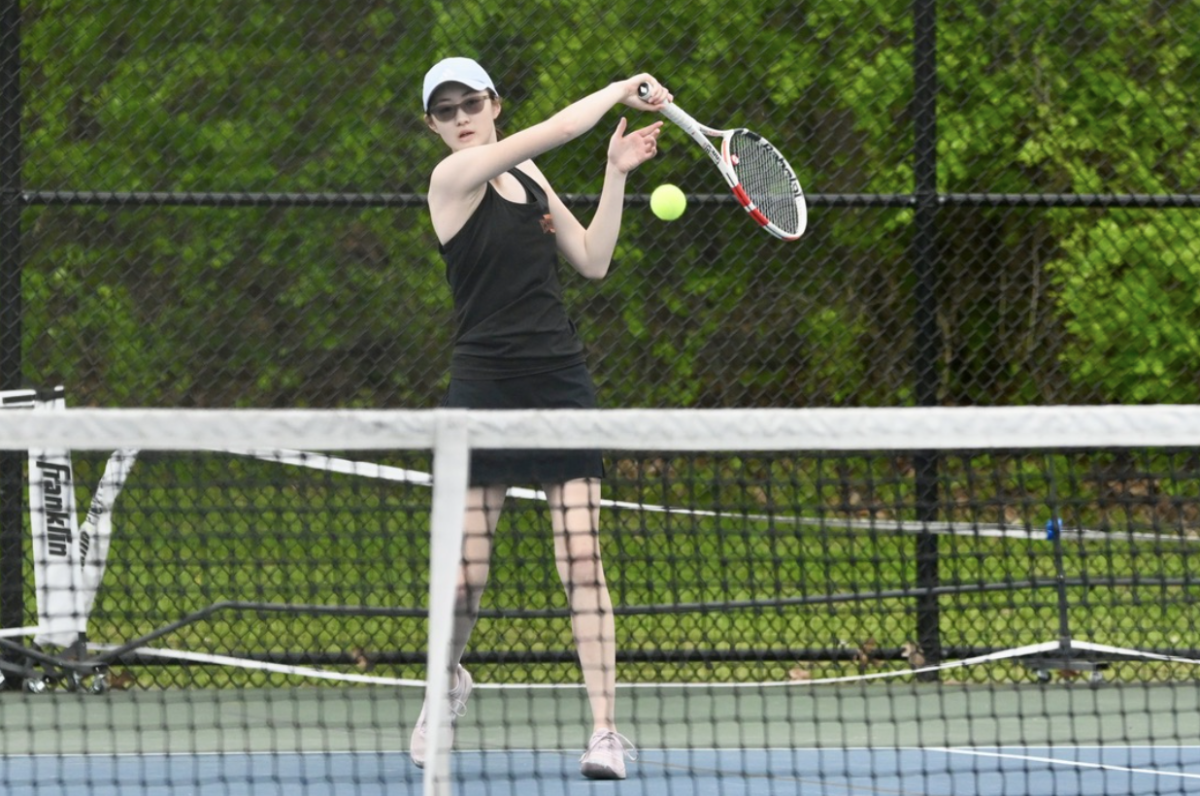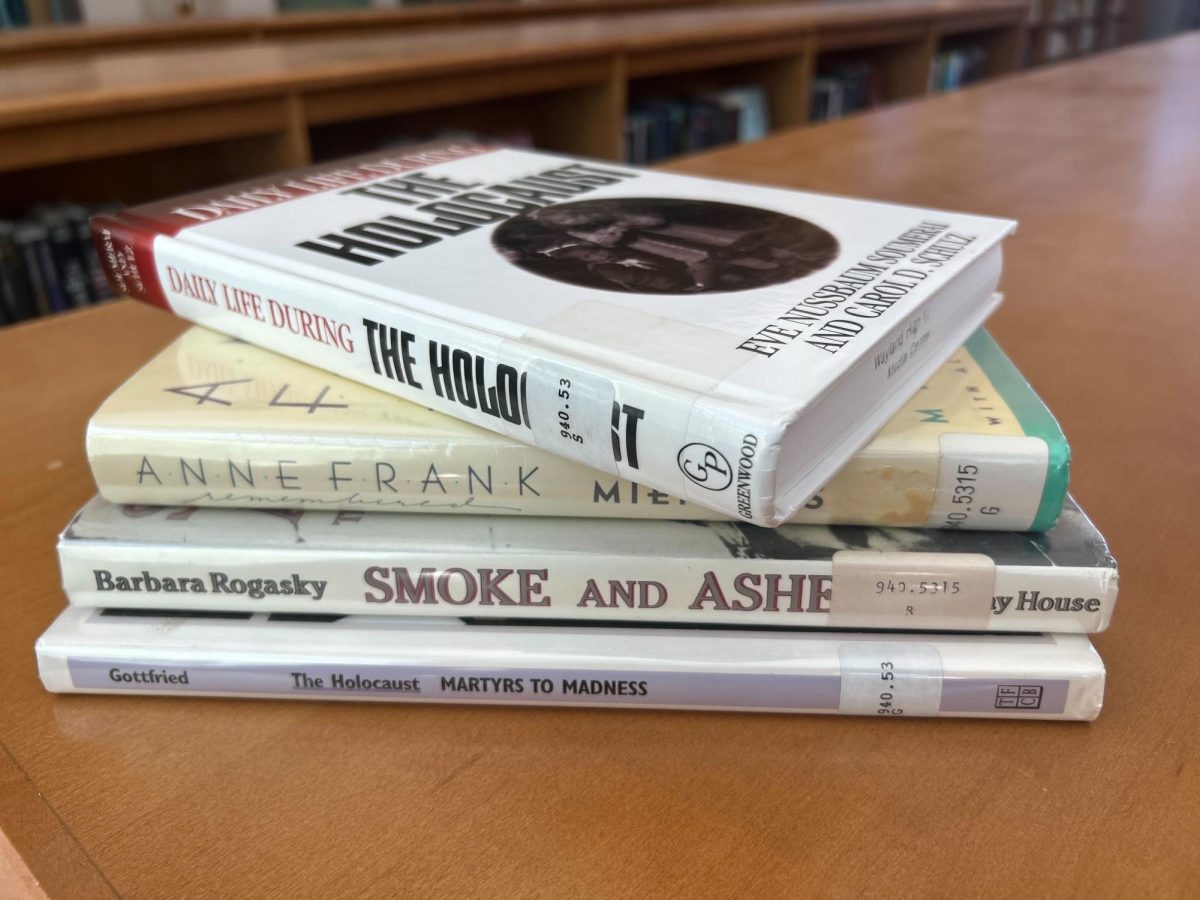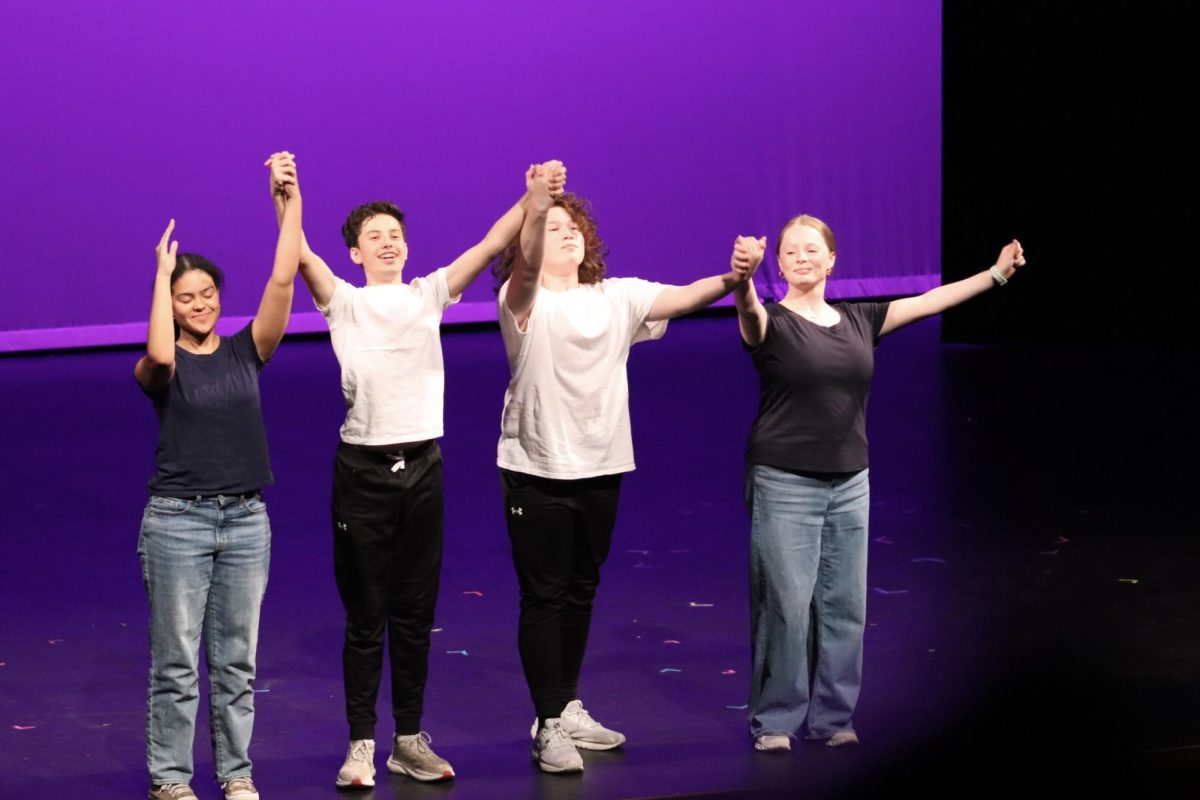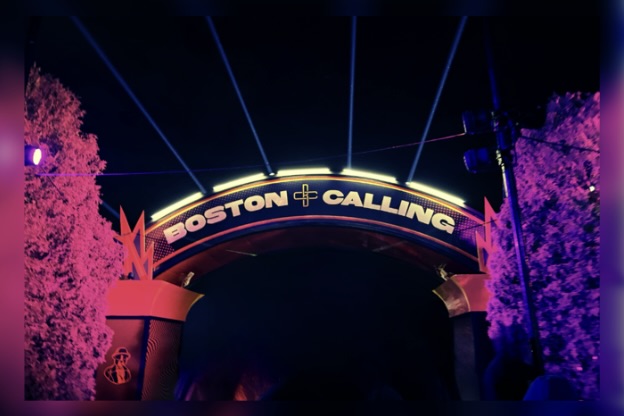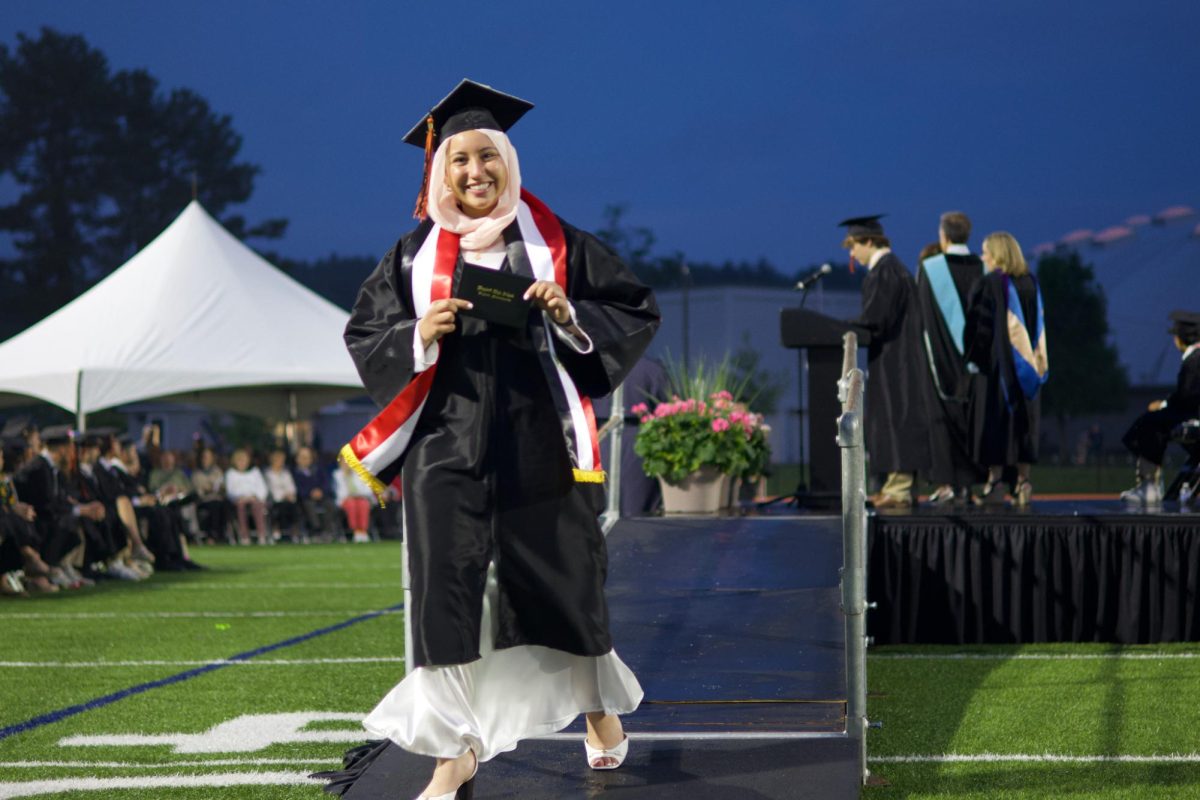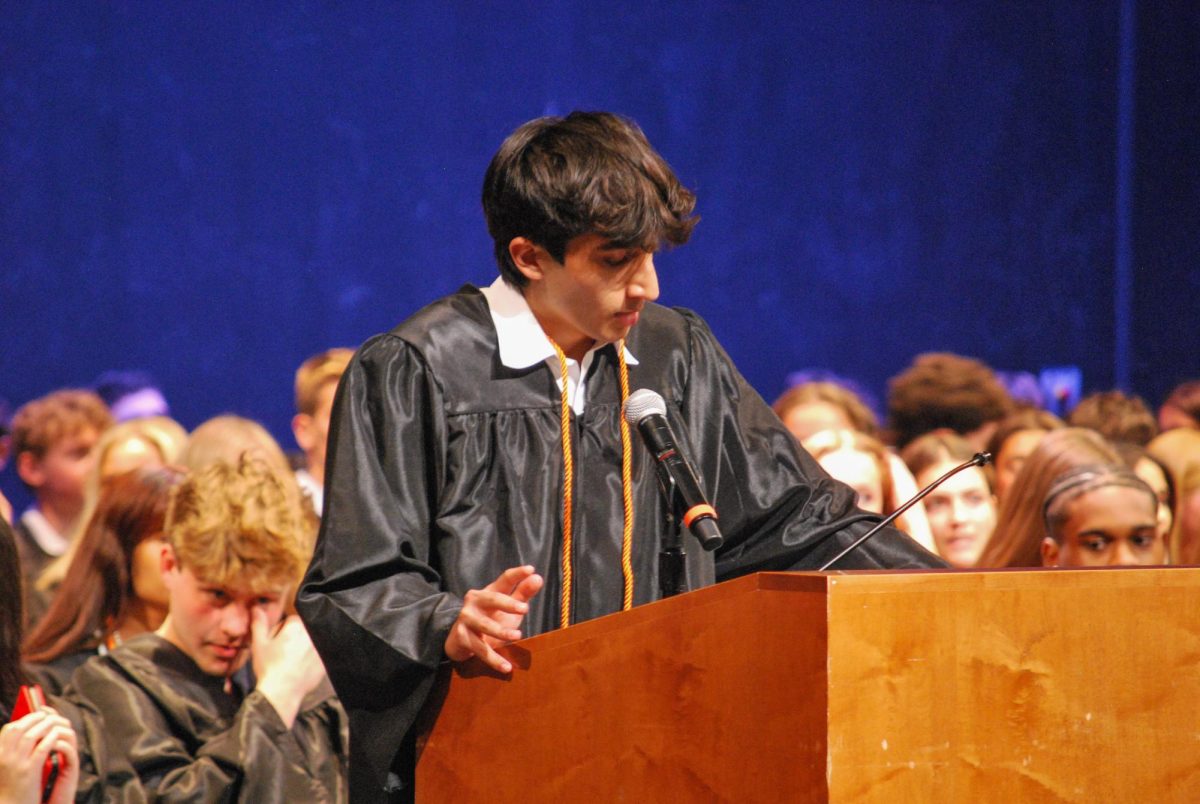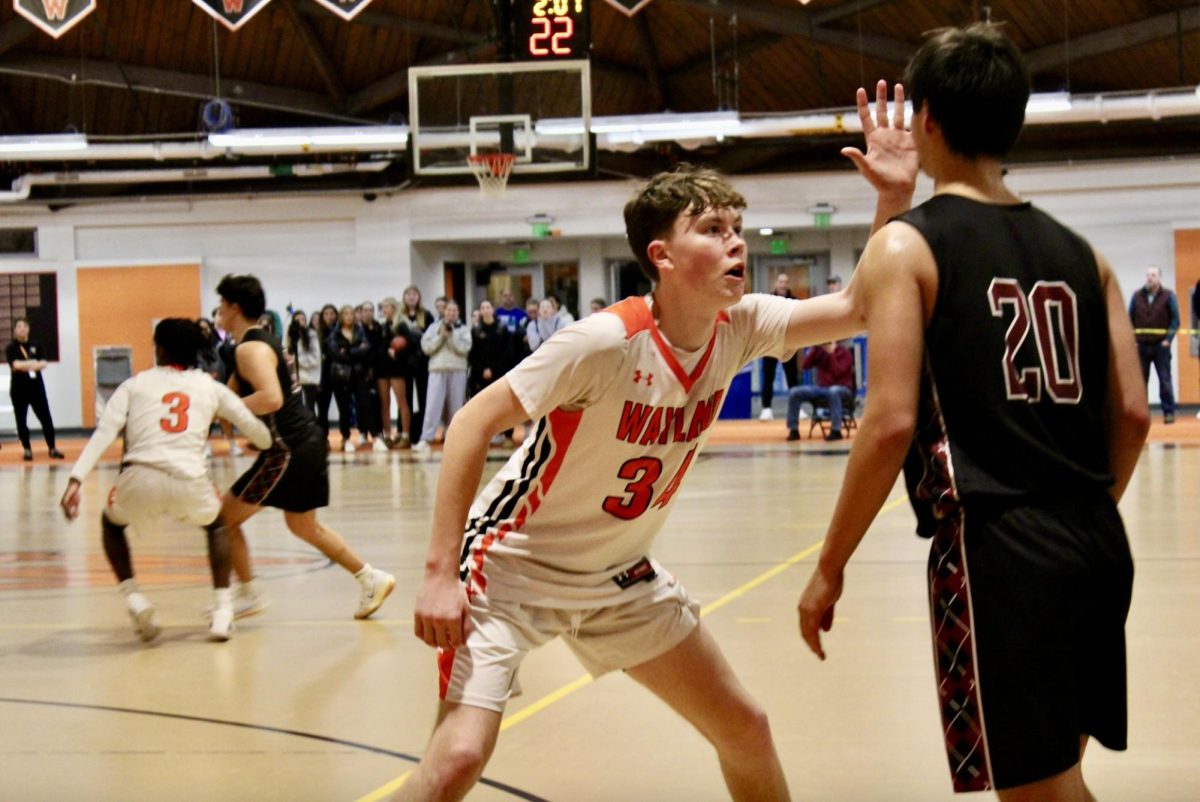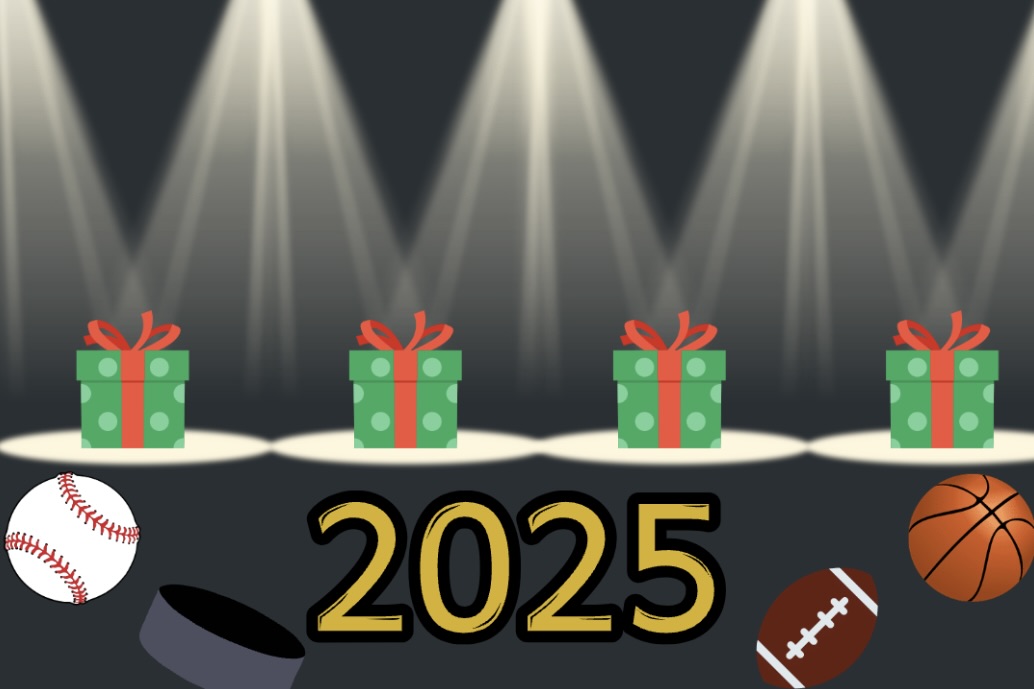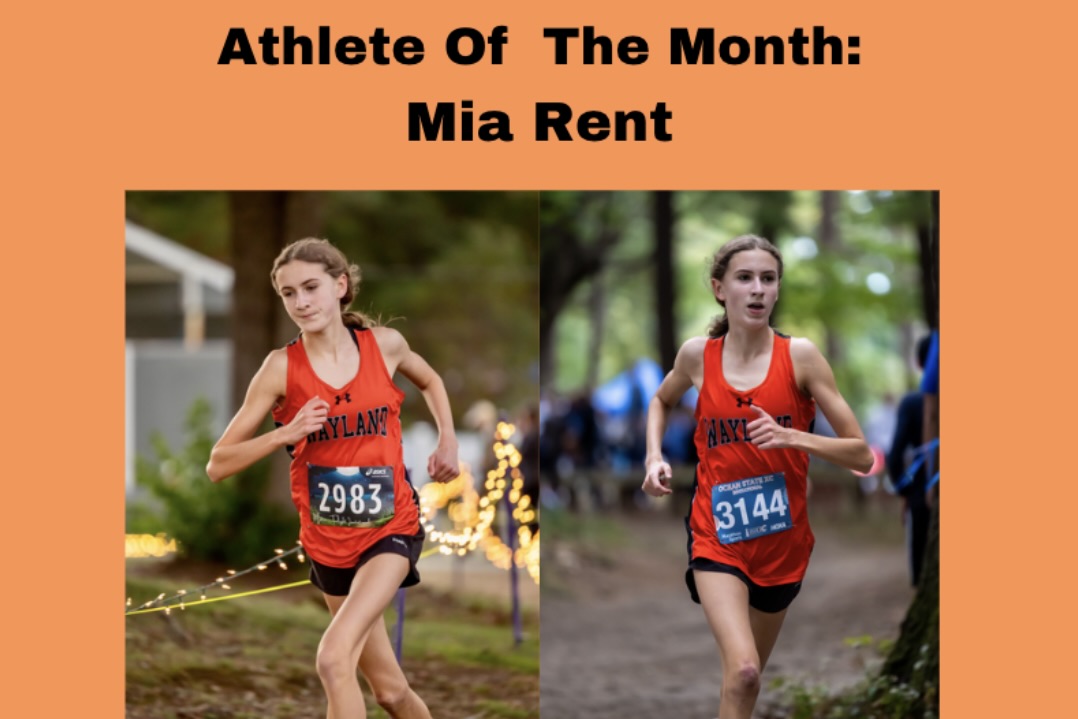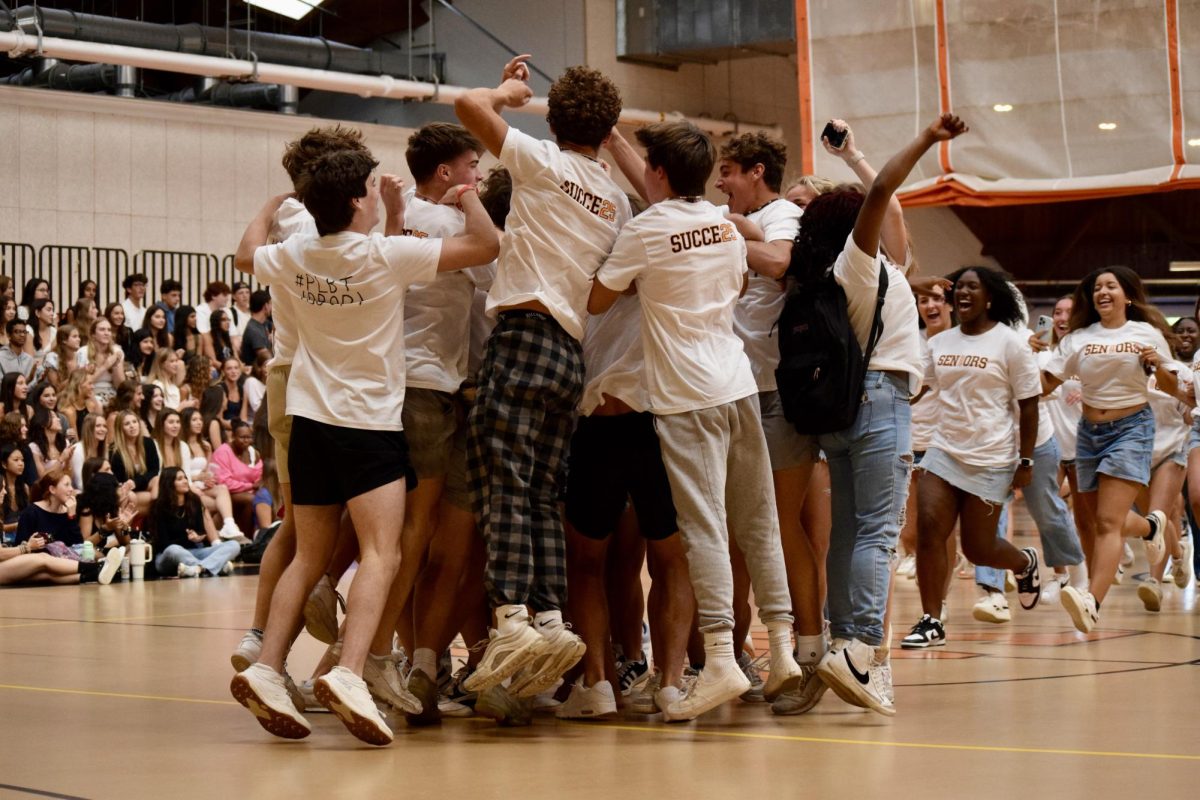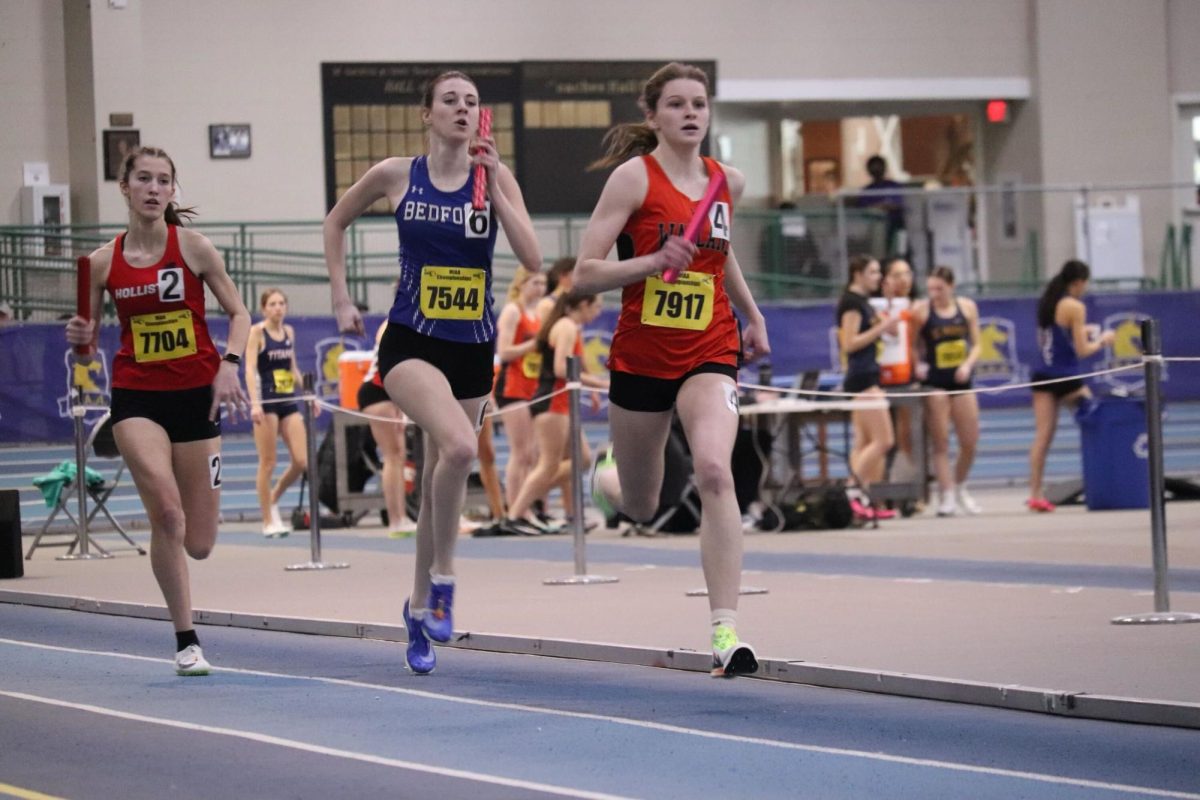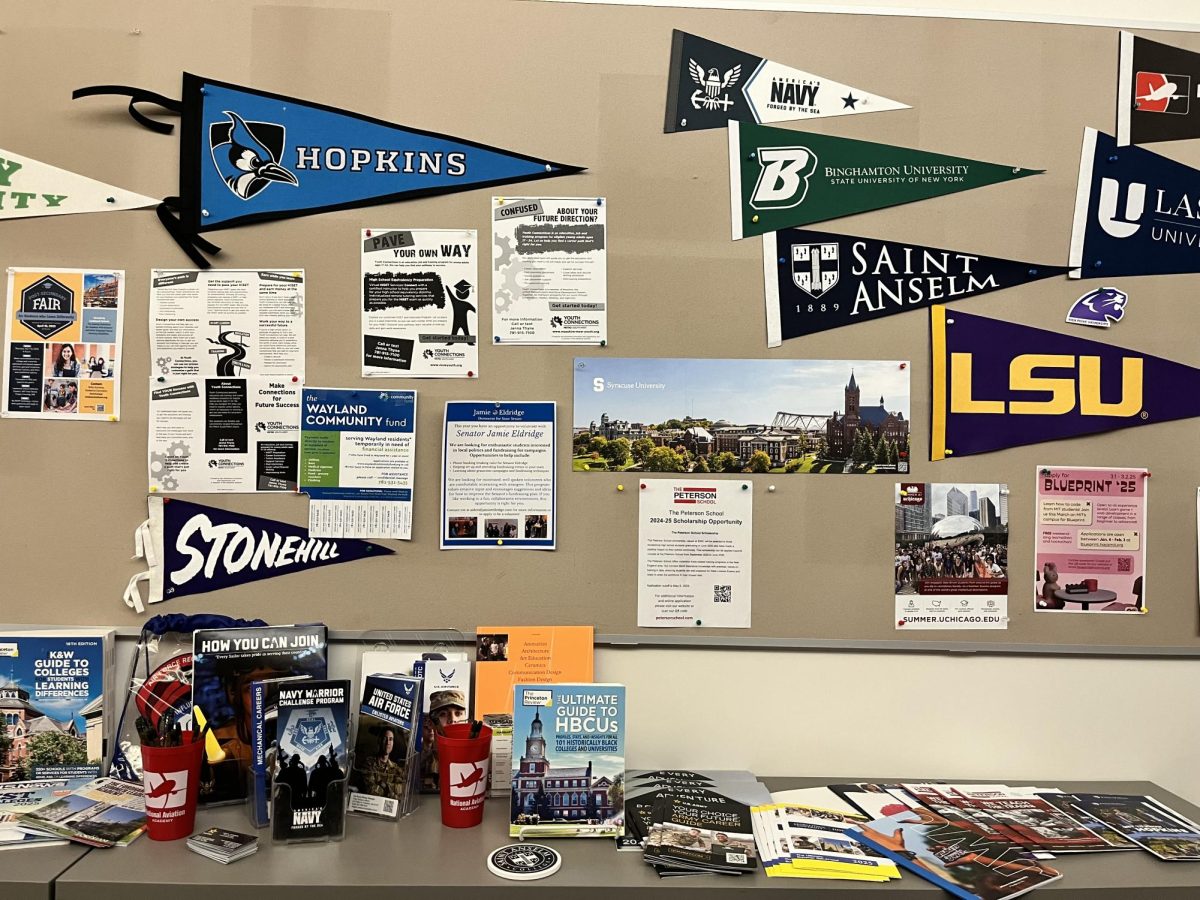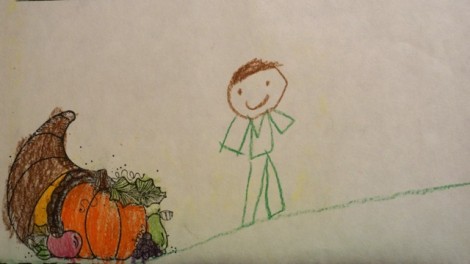
Epidemic diseases, bloody battles and the Wampanoag leader’s head paraded around on a pike? It seems so different from what we pictured in elementary school — Wampanoags and Pilgrims gathered around a Thanksgiving table with squash and turkey.
Karyn Saxon, the Wayland elementary school social studies curriculum director, explains that the first grade brushes on the subject of Thanksgiving when learning about holidays, and the third grade goes more in depth when learning about the Pilgrims and Wampanoags.
“I think we give students a good background of the events leading up to the first Thanksgiving and the significance of the holiday in American culture,” Saxon said. “I am happy with the activities that teachers are doing in their classrooms, focusing both on the history and on the tradition of sharing what we are thankful for.”
The Massachusetts first grade teachers’ guideline is to “give reasons for celebrating events or people commemorated in national and Massachusetts holidays.” The third grade teachers’ guideline is to “describe the events leading to the first Thanksgiving” after having taught about the Pilgrims settling in America and the Wampanoag ways of life.
At the third grade level, teachers introduce the negative aspects of the relationship between the Native Americans and settlers. Classes discuss incidents such as the stealing of the Wampanoags’ food, the enslavement of Native Americans by Europeans and the breaking of the treaty between Pilgrims and Wampanoags.
Saxon explains that teachers educate the students in a way that highlights both the historical positives and negatives, but there is a limit to the extent of the negative details.
“I believe that it is important to give students the facts of the negative aspects but to only go as deep as appropriate for elementary school children,” Saxon said. “They should understand that the interactions weren’t all positive, but because of their age, [they] do not need to know all the specifics.”
Jacob Montwieler, a social studies teacher at the Wayland Middle School, says that Thanksgiving and Native American curriculum is not taught in the middle school. Once students reach high school and take U.S. history classes, curriculum continues at a more in-depth level, focusing on early colonists’ interactions with Native Americans.
“It’s interesting because you don’t expect it,” WHS history teacher Eva Urban said. “You don’t expect that you’re going to be learning the graphic details of the Indian Wars, about the power and balance.”
Urban believes high school students have the capacity to understand the entire story and grasp the struggle with the Native Americans.
“I think for high school students it’s appropriate for them to begin thinking critically about the diversity in this country and how we come to call ourselves Americans and define ourselves as Americans,” Urban said.
Having a daughter in the first grade, Urban says she understands the reasoning behind the Thanksgiving creation story. However, she thinks it’s important for students to deepen their knowledge of the Thanksgiving story as they advance in their education.
“It’s appropriate for elementary school students to feel good about where they are and who they are as our nation begins to emerge,” Urban-Hughes said. “Then you can leave it to me to dispel some of those myths, and start thinking more critically, not necessarily negatively but more critically, about our history and how we came to be.”

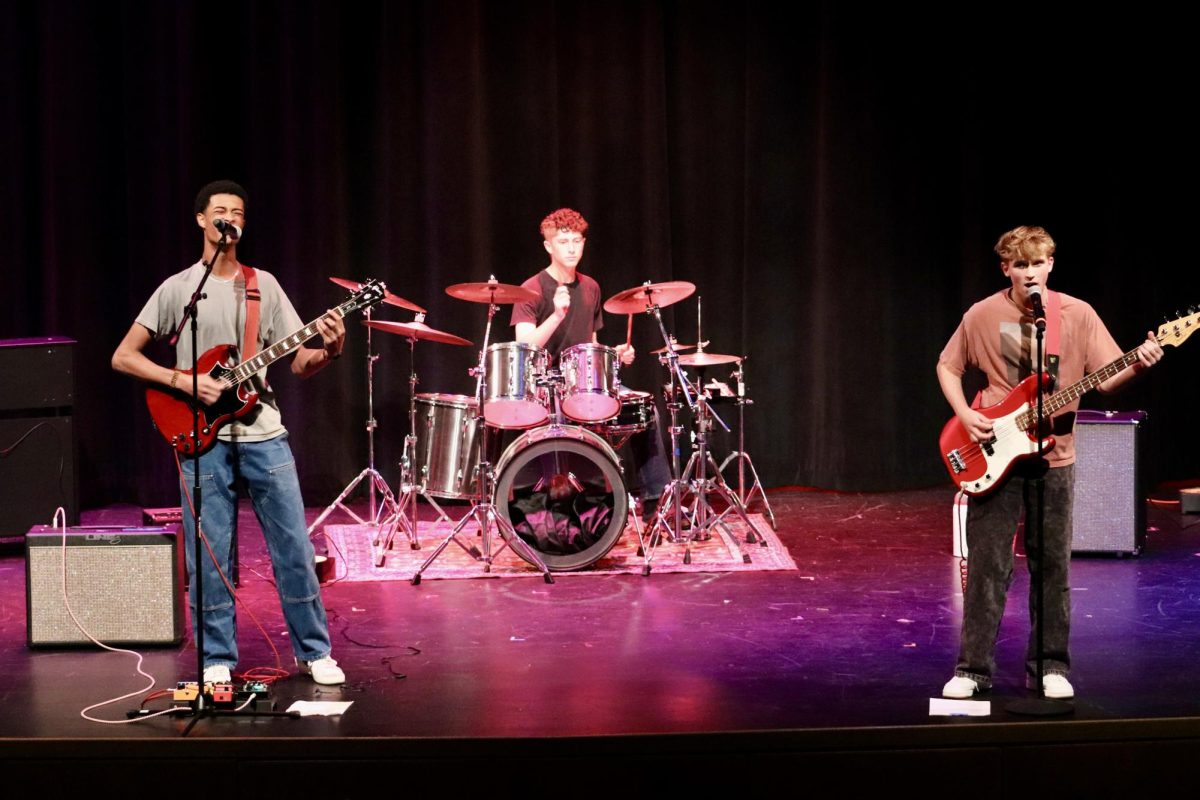


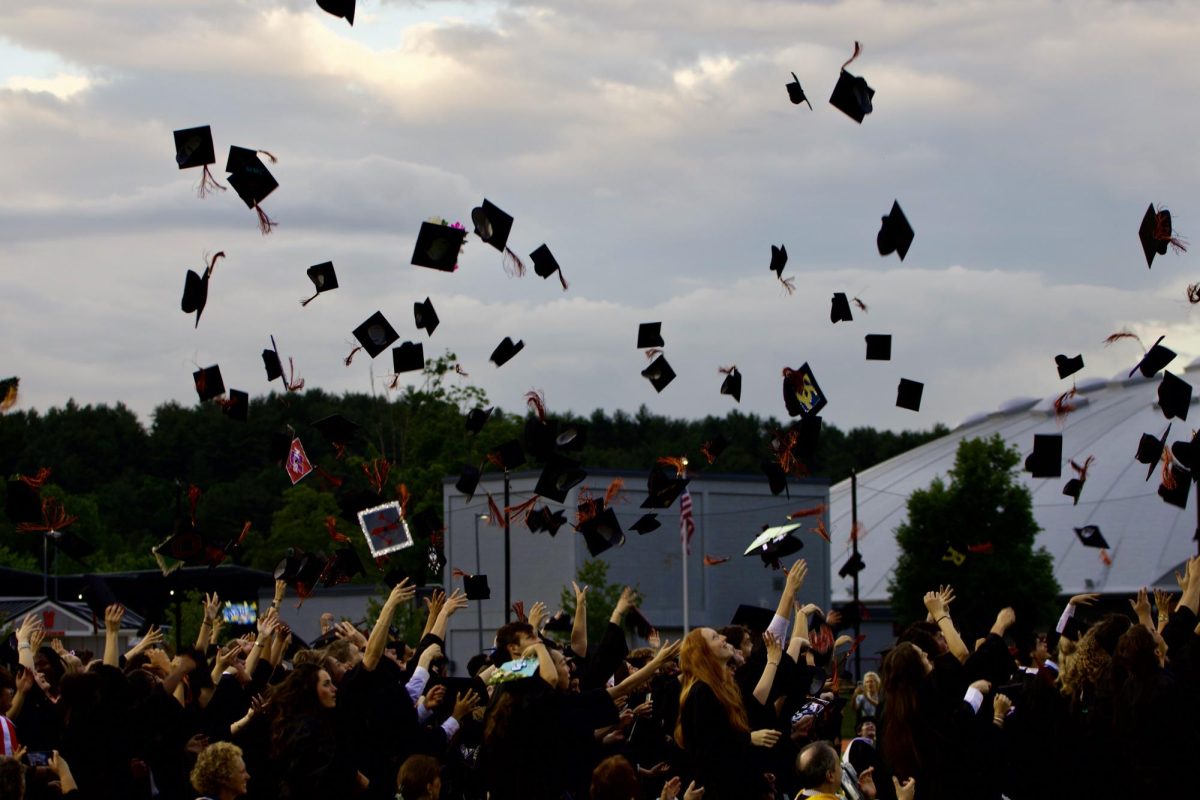
![Last Wednesday, the Wayland School Committee gathered to discuss a number of topics regarding the health curriculum and Innovation Career Pathway course. Another large topic of conversation was the ways to potentially mitigate distracting cell phone usage. "These [phones] are going to distract your learning and social relationships," Superintendent David Fleishman said. "That's concrete right there."](https://waylandstudentpress.com/wp-content/uploads/2025/06/Screenshot-2025-06-04-at-9.49.31 PM-1200x886.png)





